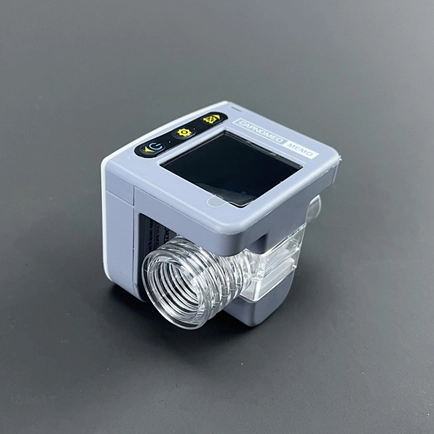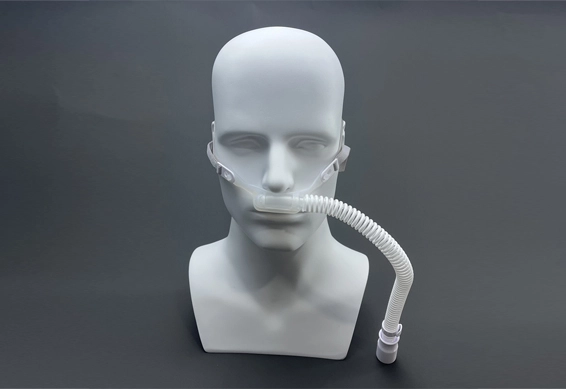en
-
Products
MEMO Portable Capnograph Monitors Handheld EtCO2 Monitors Capnography Monitoring System Desktop Capnograph Monitor Multi-parameter Patient Monitor
- CAPNOMED
- OEM
- Solutions
- Resources
- News
- Contact Us
 English
English















